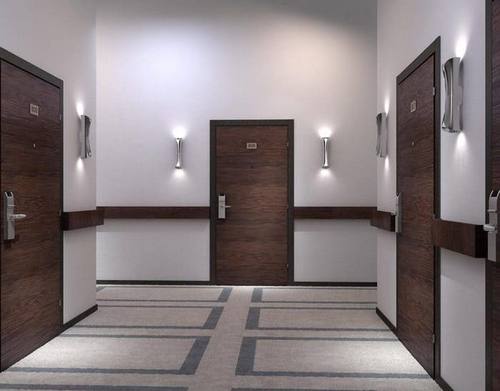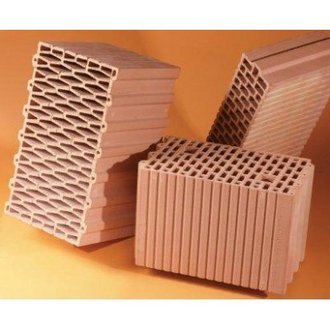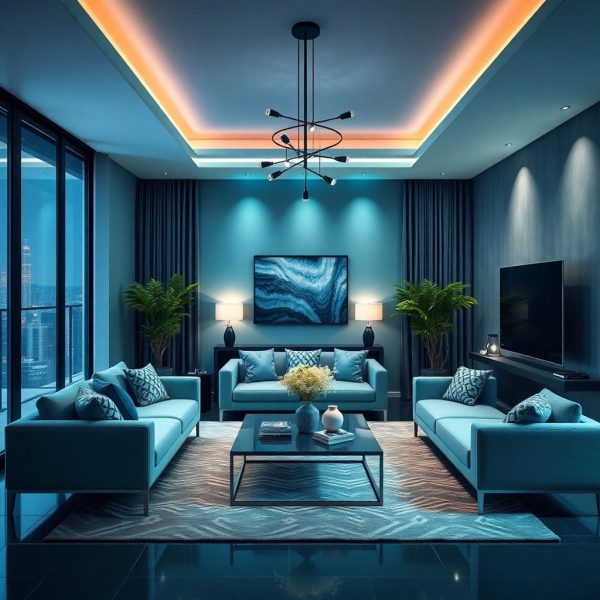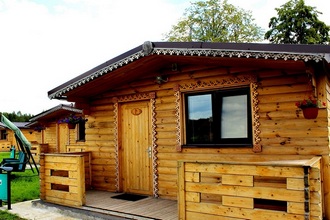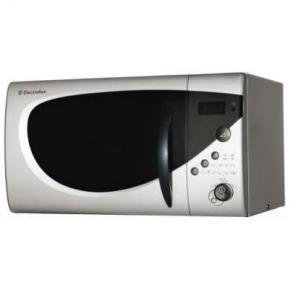Как Maria Porro меняет будущее Salone del Mobile.Milano

Влияние Salone del Mobile.Milano на мировую индустрию дизайна
Descendant of a prestigious lineage, Maria Porro, the first female president of Salone del Mobile.Milano, stands at the forefront of the global design landscape. Appointed amid the challenges of the COVID-19 pandemic, she has adeptly navigated a period of transformation not just for the fair, but for the entire furniture and design industry. The Salone, founded in 1961, has evolved into the world’s largest high-end design trade show, showcasing incredible innovations and leadership. With more than 300,000 visitors each year, the fair acts as a crucial platform for designers, architects, and manufacturers from around the globe to gather and exchange ideas. In this context, it becomes essential to delve into how Maria Porro is reshaping the fair’s future and addressing the broader challenges within the industry.
The landscape of furniture design is rapidly evolving, and Salone del Mobile.Milano is responding to that evolution by embracing internationalization. One of Porro’s most significant initiatives has been the expansion of the fair’s reach beyond traditional borders. In recent months, she journeyed to Saudi Arabia and signed a memorandum aimed at establishing a Saudi edition of Salone del Mobile, with an inaugural showcase planned for 2026. This international outreach is not merely symbolic; it is a strategic initiative to tap into emerging markets, ensuring that the fair remains relevant and influential in a rapidly changing economic climate. Remarkably, next year’s edition will feature 168 first-time exhibitors, a stunning 68% of whom will hail from outside the typical confines of European representation.
There is no denying that market dynamics have shifted dramatically. The post-pandemic period has seen fluctuations in consumer confidence, with many firms choosing to showcase their innovations in newly established showrooms rather than participating fully in the fair grounds. Brands such as Roche Bobois and other luxury labels have opted for a more boutique presence, citing the advantages of individualized marketing approaches. This trend poses significant challenges for traditional exhibition models, prompting the fair to adapt how it attracts and retains exhibitors. Historical brands, such as Memphis and Poltronova, along with new entrants like Moooi and Vispring, highlight a general revival within the once-struggling exhibitor ranks, but substantial barriers still impede complete industry recovery.
As Porro navigates this multifaceted landscape, she is not only focused on the immediate implications of international expansion but is also acutely aware of ongoing geopolitical and economic challenges at play. Market experts forecast an 8.1% decline in Italy’s wood furnishing sector, exacerbated by domestic sales that make up a staggering 62% of total revenues. Export figures tell a similarly troubling story, with cross-border sales down by 2.1%. The imposition of tariffs on European goods could create a ripple effect detrimental to all involved. For manufacturers and designers, responding to this uncertainty requires not only creativity but collaboration across borders to innovate smartly and sustainably.
In light of these challenges, critical to shoring up industry resilience lies in focusing on consumer aspiration and demand. Porro and her team have recognized the burgeoning potential in regions such as the Gulf, where new cities are being constructed, necessitating a comprehensive approach to furnishings and design. The marketplace is ripe for high-quality Italian contributions. With demand for unique design elements increasing, Salone del Mobile’s exhibitors can help meet this need with sophisticated and compelling products, from flooring to furnishings. Understanding consumer behavior is crucial; thus, furnishing companies must turn their gaze toward understanding market preferences and aligning their offerings accordingly.
Porro’s unwavering focus has also reignited important conversations surrounding environmental sustainability and innovation. Over the past years, there has been a noteworthy increase in the demand for sustainable and environmentally friendly products in the design sphere. This shift presents dual opportunities—promoting eco-friendly designs while catering to a conscientious consumer base. While Porro emphasizes global outreach, addressing environmental concerns must be integral to any forward-looking strategy. For many exhibitors, maintaining competitiveness entails implementing more sustainable practices while innovating in materials usage and design processes.
Ultimately, Salone del Mobile.Milano represents more than a convention; it is the beating heart of a thriving design community. It encapsulates the myriad possibilities of collaboration, creativity, and innovation that shape the future of interior design as we know it. Driven by visionary leadership, attentive market strategies, and a willingness to push boundaries, the fair stands poised at the brink of an exciting new era. As Porro champions this transformation, it is evident that the mission is clear: not only to foster a tradition of excellence in design but to create lasting connections between people, cultures, and ideas that uplift the industry as a whole.
Conclusively, if you are a professional or enthusiast in the design field, it is paramount to stay attuned to these developments. Engage with the evolving narrative of Salone del Mobile, and consider how its international projects and innovations can inspire new directions in your work. Look closely at the sustainability movements within the industry—exploring how they can shape future ventures and collaborations. Lastly, always remember that the insights extracted from events like Salone del Mobile can significantly enhance your understanding and approach to design challenges faced within the market today.

